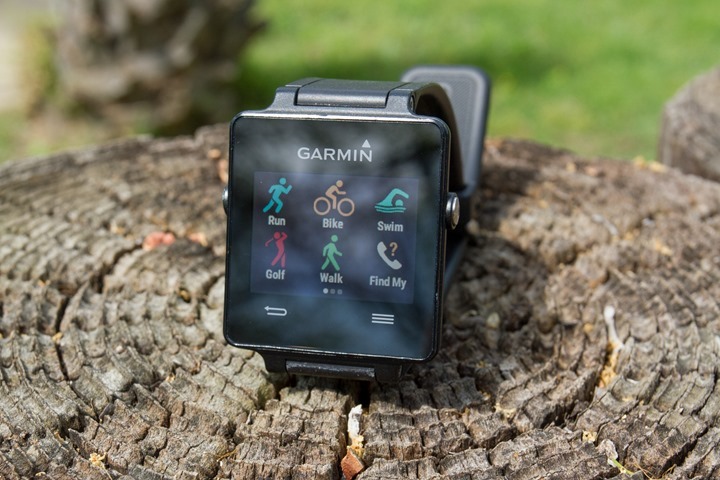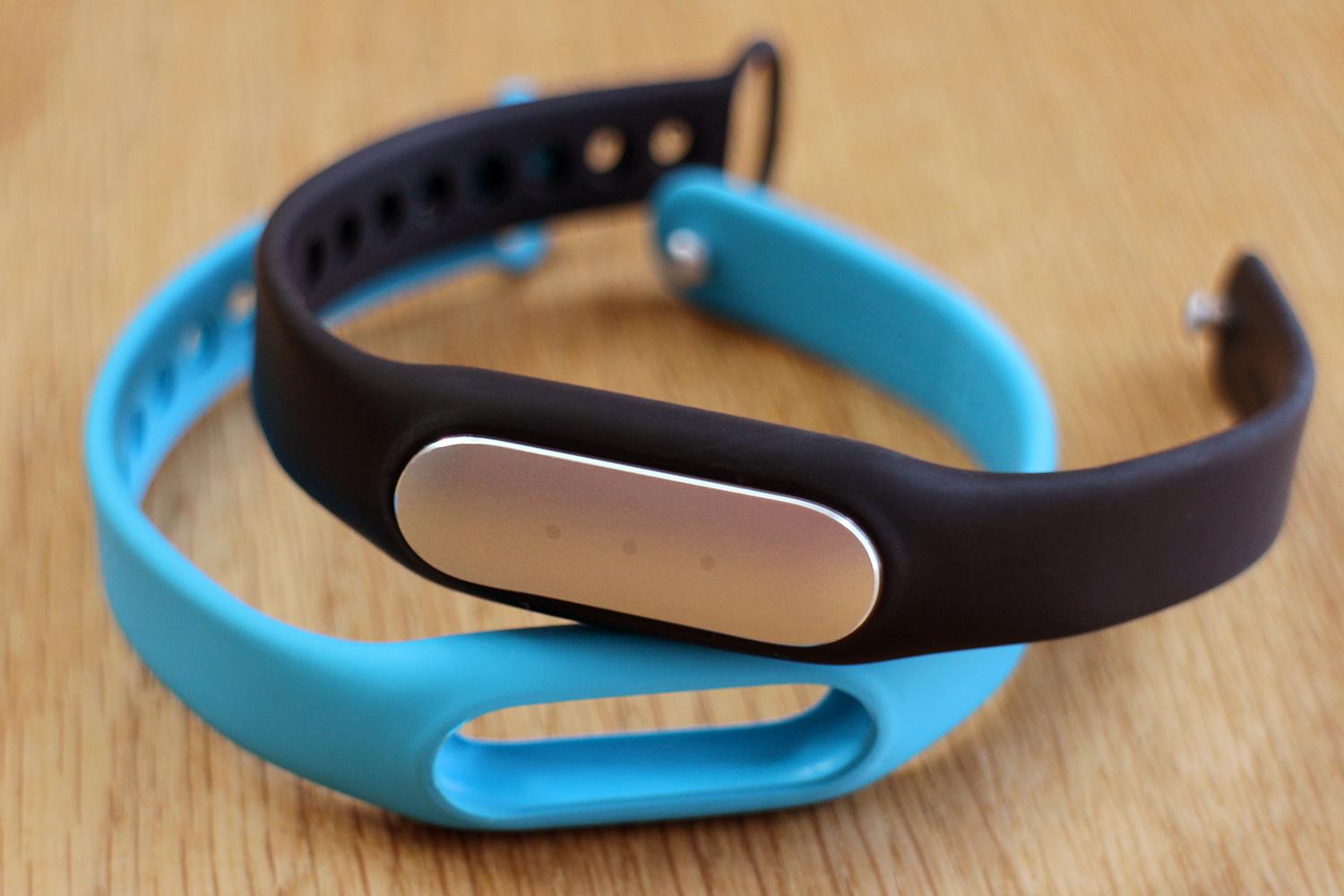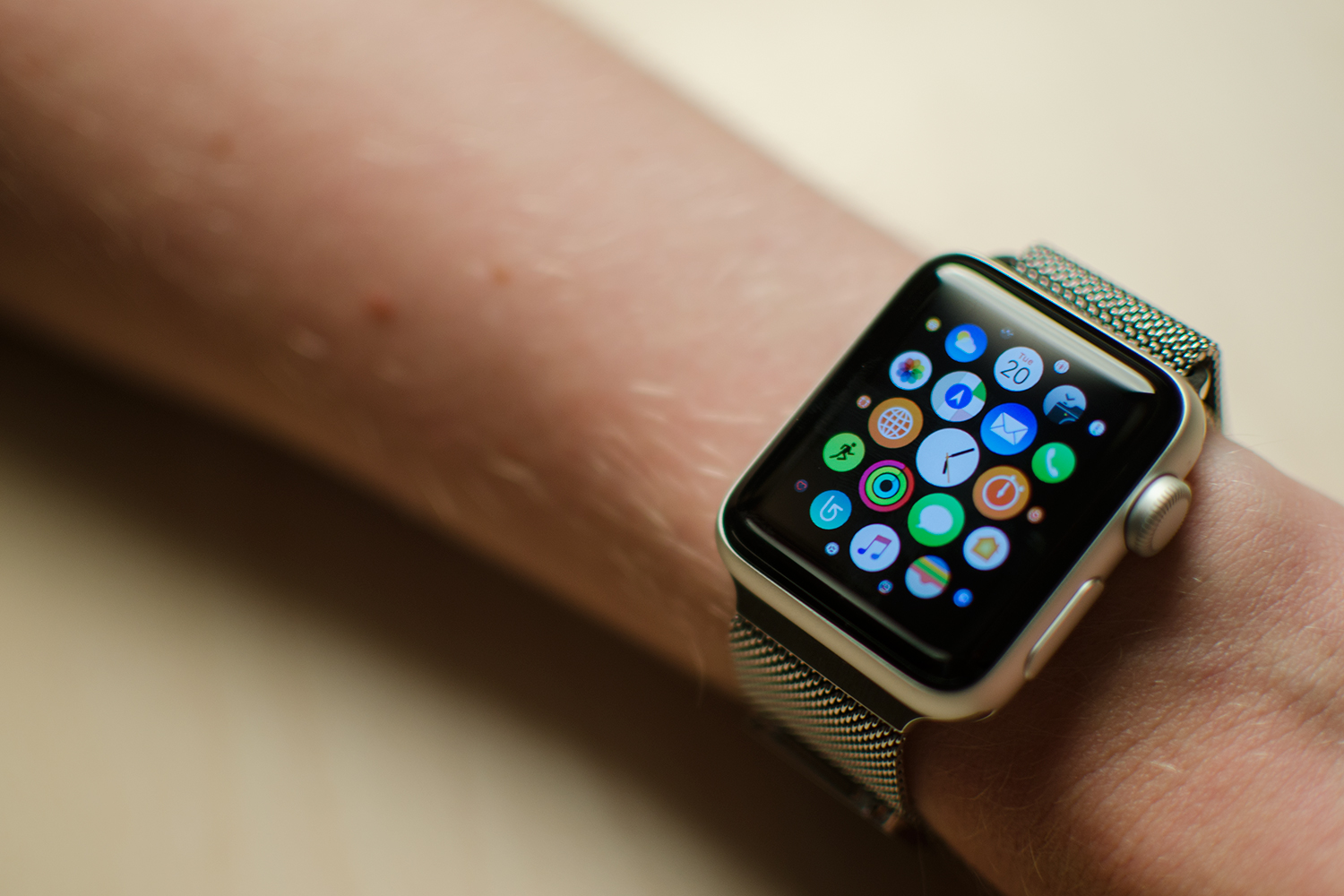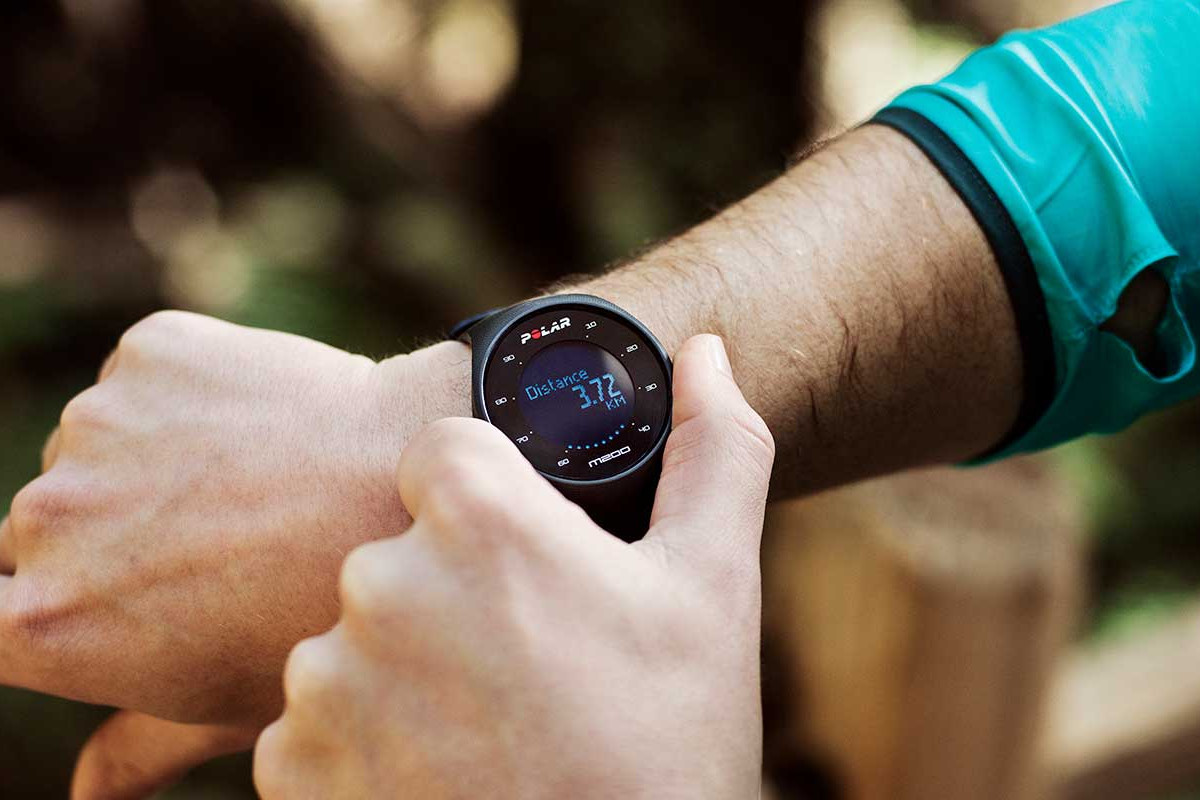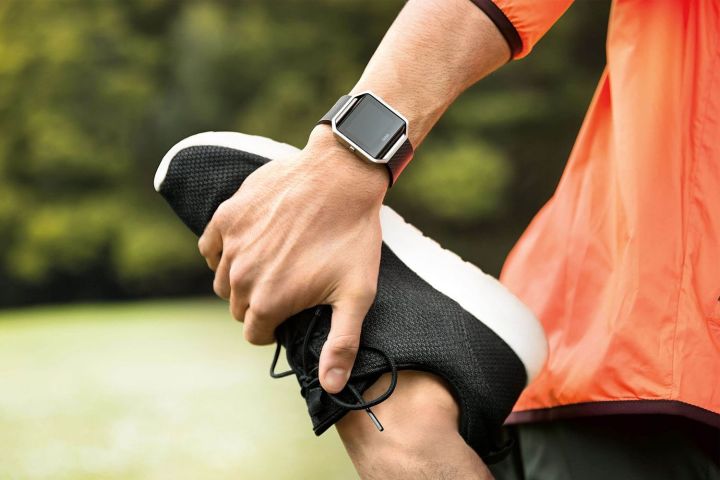
Blinded by dollar signs, companies pushed out shoddy products that fit poorly and performed terribly.
Somehow, other companies are not just surviving, but thriving. Garmin built a business on GPS trackers and has hardcore fans in the fitness-tracking market; its watches remain must-have devices among serious runners. Xiaomi has run to the front of the Android Wear smartwatch pack, while others struggle. And the Apple Watch does well … well enough, anyway.
Meanwhile market analysts predict remarkable growth for wearables – IDC says the market will double by 2021.
“The wearables market is entering a new phase,” wrote Ramon T. Llamas, research manager for IDC’s Wearables team. A much, much more successful one, apparently. Why do some wearables thrive while others wither?
Part of the problem lies in execution. As this market grew, manufacturers were blinded by dollar signs and rushed to push out shoddy products that fit poorly and performed even worse. Llamas was too kind to early models when he wrote, “since the market’s inception, it’s been a matter of getting product out there to generate awareness and interest.”
Unfortunately, with crummy battery life, complex user interfaces, and no clear reason for existence, most early smartwatches were simply bad products. About two years ago, I tried to analyze the roots of the situation:
Dear smartwatch makers: Did you run extensive usability studies to determine what consumers want, then rake the results into a pile and set them ablaze? Or did you pluck your decision to build from some unfortunate slice of humanity — the myopic, self-loathing few who enjoy peering at their wrists to learn tidbits of information that then prompt them to reach for their smartphones?
And here’s a thought: Have you worn your own devices? Have you strapped them to your wrists, plugged them in to charge overnight, and explained to your friends why it takes a $350 gadget slightly longer to tell the time than with a $20 Casio? Do you feel even a tinge of embarrassment when confronted with this reality?
It’s no surprise that consumers didn’t go for these things. They didn’t do anything. It was no real shock when smartwatch maker Pebble was bought by Fitbit for a $23 million – barely enough to create a financial ripple. But fitness trackers came with an answer to that built in. What do they do? They track your fitness! What, you don’t want to be fit?
The latest market tremors show that even these specialized gadgets aren’t selling as well as companies hoped, and again, it’s because they don’t solve a clear problem. How many steps you took in a given day never translated well into how fit you were, nor did any company provide easy-to-understand ways to use that data. Add in the proprietary nature of most hardware maker’s websites and data portals, and it’s easier to see how a wrist band isn’t a solution for someone looking to lose a little weight – it’s a handcuff.
The biggest exception remains runners, where devices from Garmin (have you seen the Forerunner 935?) and TomTom have become must-own gadgets, and signing up for a site like Strava is the first step toward boosting your splits and improving your pace.
There’s a reason runners rely on Garmin and Polar – they fill a clear need.
Meanwhile companies like Xiaomi are making a business at the bottom of the market, with very affordable smartwatches and wrist bands. Digital Trends Senior Writer Andy Boxall absolutely loved the Mi Band 2, which sells for around $30. And we’re excited about the ZTE Quartz, an Android Wear 2.0 smartwatch that’s under $200.
So where will the growth come from? Llamas predicts future wearables with digital assistants (Alexa, Siri, Google and more). Sure, the Watch has one, but we’ll see others with the same power soon. “Second- and third-generation devices … will make today’s devices seem quaint. Expect digital assistants, cellular connectivity, and connections to larger systems, both at home and at work. At the same time, expect to see a proliferation in the diversity of devices brought to market, and a decline in prices that will make these more affordable to a larger crowd.”
Will voice control features really save this space? Before you answer, consider this: Have you tried voice control in your car recently? It seldom performs as well as you hope. Besides, features and connectivity cost money, and affordable devices or task-specific wearables are what’s selling.
To move this market forward, manufacturers will need to concentrate on people, not products. There’s a reason runners rely on Garmin and Polar – they fill a clear need. Wearables that do so better, that become indispensable and useful and helpful, will thrive today and in the future. Whether that’s by solving a health problem or enhancing a sport or bringing people closer together, function-specific devices are what people want, rather than generally “smart” stuff.
